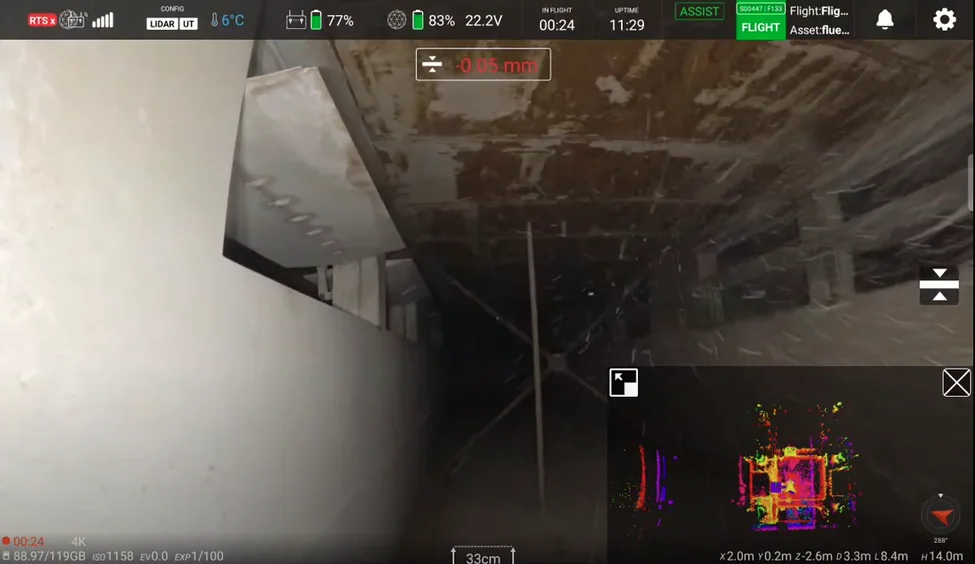Every industry across the globe has its own set of rules and regulations to ensure the safety of people, the environment, and the equipment in use. These standards are often set by governments, national agencies, international organizations, and multinational bodies. Successful inspections rely on accurate and reliable data—but gathering this information can be a challenge. In some cases, such as with large structures like ships or storage tanks, it's difficult and even dangerous to access certain areas. As a result, alternative methods of inspection are becoming more common, and drones are playing a key role in this shift. They can reach high places, confined spaces, or even underground to collect critical data that was once out of reach. This is where UT drones come into play. A UT drone is an unmanned aerial vehicle (UAV) designed to take ultrasonic thickness measurements. This technology allows for the collection of ultrasonic thickness (UT) data from hard-to-reach locations such as chimney stacks, ballast tanks, or flue ducts. UT drones are part of drone-enabled non-destructive testing, which helps streamline the inspection process. By providing safer and more efficient access to assets, they enhance the overall efficiency of asset management. These measurements are taken using ultrasonic testing equipment, such as a UT probe or gauge. When placed against the surface, the device emits ultrasonic waves through the material. The way these waves reflect back is measured by the probe, allowing for an accurate assessment of the material’s thickness. Traditional drones often struggle with UT measurements because they aren’t built to maintain contact with surfaces or hover in place for long periods. That’s why UT drones are specifically designed for this purpose, capable of operating in a variety of environments. UT drones fly to the measurement point and place their probe against the surface. The pilot then applies couplant to ensure optimal sound transmission before taking the measurement. Some models allow for adjustments to gain and gates during the test, depending on the material being assessed. Once complete, the drone detaches and moves to the next location. The number of UT measurements a UT drone can take depends on flight time, the amount of couplant it carries, and the pilot’s skill. For example, the Elios 3 UT drone can make up to 40 measurements per flight. As part of drone-enabled non-destructive testing, UT drones offer significant advantages in terms of safety, efficiency, and access. These benefits help reduce the overall cost of UT inspections. Using a UT drone minimizes human exposure to hazardous environments. Some measurement points are located at heights or in confined spaces, requiring special permits and safety procedures. Finding qualified personnel who are also trained in rope access can be challenging, increasing the demand for skilled inspectors. UT drones can enter spaces as small as 50x50 cm (20x20 inches), collecting dozens of measurements per flight. This eliminates risks like exposure to toxic gases, suffocation, or drowning. They can also access high points like inside chimney stacks or ship hulls, where scaffolding or rope access would normally be required. In some cases, such as flue duct inspections, regulations require exits at both ends, which can involve removing parts of the duct. A UT drone can fly in and out without human entry, reducing downtime. UT drone inspections can be completed in under an hour. Drones can be deployed quickly on-site, and pilots can guide them beyond line of sight using high-definition cameras. Some models even include live LiDAR scans for 3D mapping of the surroundings. Drones can move quickly between measurement points, even if they're far apart. This is much faster than traditional methods like scaffolding or rope access. Drones also outperform mobile elevated work platforms (MEWPs), as they can navigate both inside and outside of assets without height or space restrictions. The recording process is also more efficient with drones. Previously, UT readings were shouted down from heights, leading to potential errors and unclear locations. Some technicians marked measurements directly on the asset, but this wasn’t weatherproof or easily readable later. In contrast, a UT drone can tag each measurement’s location, making it easier to identify problem areas and send maintenance teams directly there. With 3D scans, like those from the Elios 3 UT drone, a digital record of the asset is automatically created, enabling easy updates over time. Overall, UT drones streamline asset management, helping to extend the lifespan of industrial equipment through improved processes. UT drones can reach places that traditional methods can’t—whether it's inside stacks, within machinery, or in confined spaces. Some models can even operate without GPS, opening up access to underground or enclosed areas. This enhanced access allows for more frequent inspections. When a UT drone can take measurements in minutes where scaffolding would take days, it makes regular inspections more practical. More frequent checks lead to early detection of issues and a better understanding of an asset’s condition. UT drones promote better asset management by making critical data accessible without causing prolonged downtime or increasing costs. ⦠How a UT drone saved 15,000 work hours in a ship hull The Elios 3 UT was used for a periodic survey of cargo oil tanks in a medium-sized ship. Each tank needed a close visual inspection and UT measurements. Traditionally, this would require scaffolding and a team of 16+ people. With the Elios 3, all measurements were collected efficiently using the UT drone. An example point cloud with the Elios 3 UT payload showing spot measurements Discover this UT drone for ship surveys. ⦠A UT stack inspection with a drone A stack at a power generation site was due for inspection. External insulation made it hard to access, and the remote location in Northern Canada added to the challenge. The Elios 3 UT drone provided an ideal solution, flying inside the stack to take measurements without needing to remove insulation or use scaffolding. Read the full UT stack inspection case study. ⦠Flue Duct and Silo UT measurements At a cement plant in Germany, an inspection team tested the viability of using a UT drone. They found that the Elios 3 UT could inspect standard assets like flue ducts and silos without the need for scaffolding or disrupting operations, and it offered access to areas that were previously difficult to reach. The Elios 3 and UT payload reached inside the flue duct despite dust and bends in the duct's shape Discover the Elios 3 UT for cement plant inspections. JIANGMEN PRO-TAYLOR REFRIGERATION CO., LTD. , https://www.protaylor.comModern Industry and the UT Drone
 Caption: All industries set strict safety protocols. Some sectors, such as shipping, rely on ultrasonic testing equipment to certify the condition of assets.
Caption: All industries set strict safety protocols. Some sectors, such as shipping, rely on ultrasonic testing equipment to certify the condition of assets.What is a UT Drone?
 Caption: The Elios 3, pictured here, is an example of a UT drone.
Caption: The Elios 3, pictured here, is an example of a UT drone.How Does a UT Drone Work?
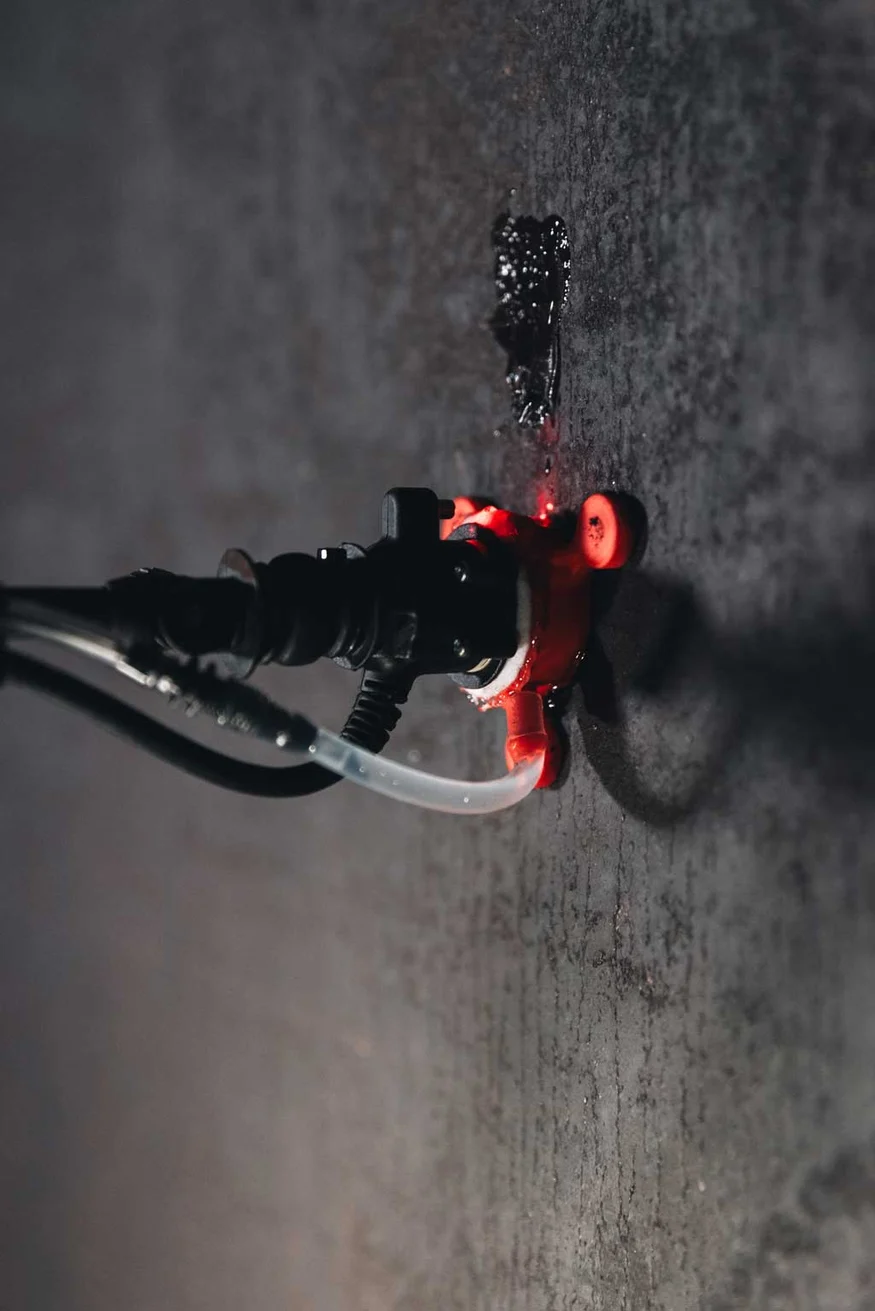 Caption: A UT drone carries a special payload with an ultrasonic thickness measurement probe.
Caption: A UT drone carries a special payload with an ultrasonic thickness measurement probe.How Many Measurements Can a UT Drone Take?
Benefits of a UT Drone
SAFETY
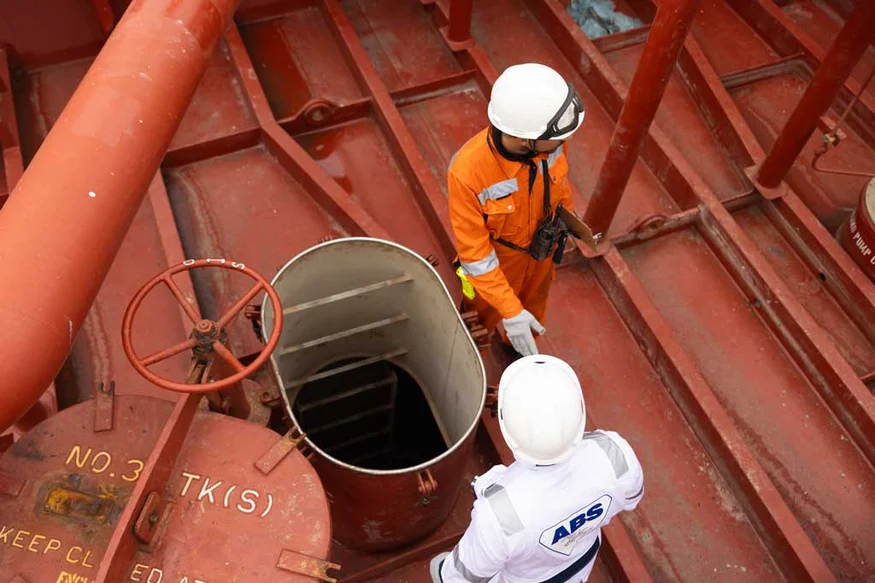 Caption: A UT drone can inspect confined spaces like this tank instead of sending people.
Caption: A UT drone can inspect confined spaces like this tank instead of sending people.EFFICIENCY
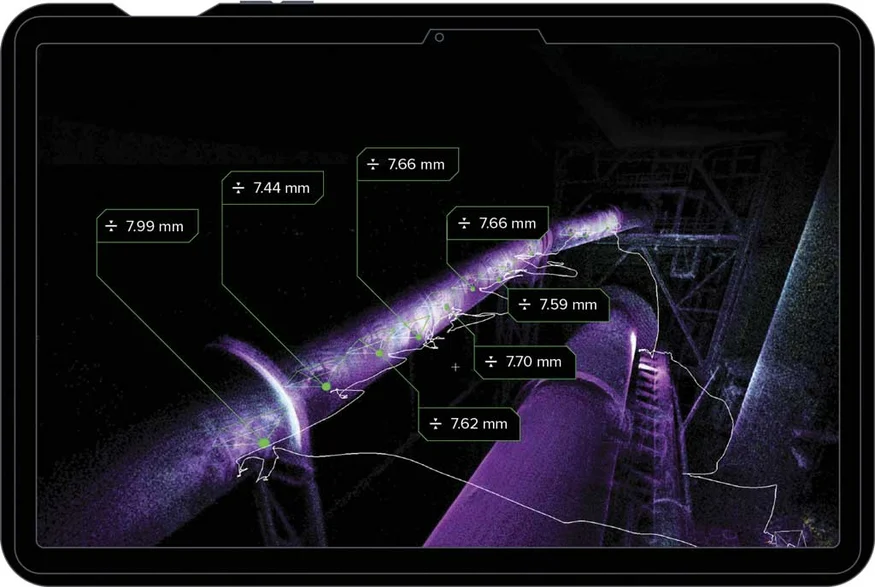 Caption: Here are ultrasonic thickness measurements that have been geotagged by a UT drone during flight.
Caption: Here are ultrasonic thickness measurements that have been geotagged by a UT drone during flight.ACCESS
 Caption: A UT drone can fly into complex environments and gather critical data that was not available before.
Caption: A UT drone can fly into complex environments and gather critical data that was not available before.UT Drone Case Studies
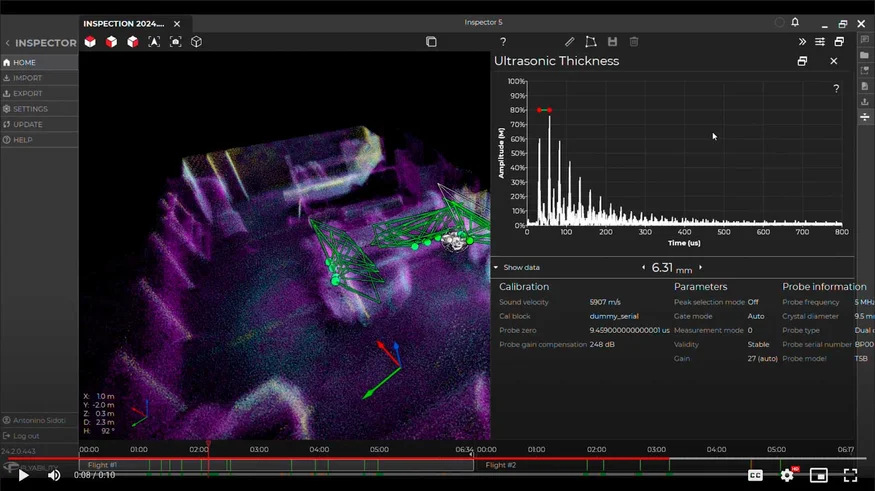
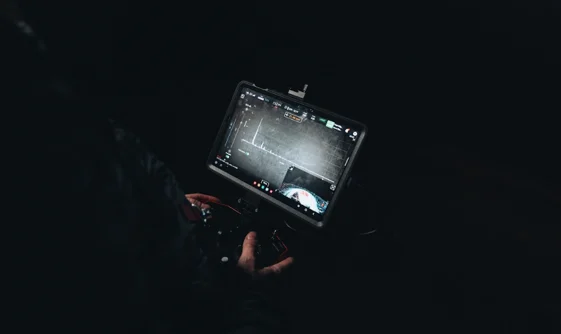 Thanks to the Elios 3's camera, it is possible to complete UT inspections beyond the visual line of sight. The Cockpit app can also be used to manually adjust the gain and gates, as shown on the left side of the screen here.
Thanks to the Elios 3's camera, it is possible to complete UT inspections beyond the visual line of sight. The Cockpit app can also be used to manually adjust the gain and gates, as shown on the left side of the screen here.